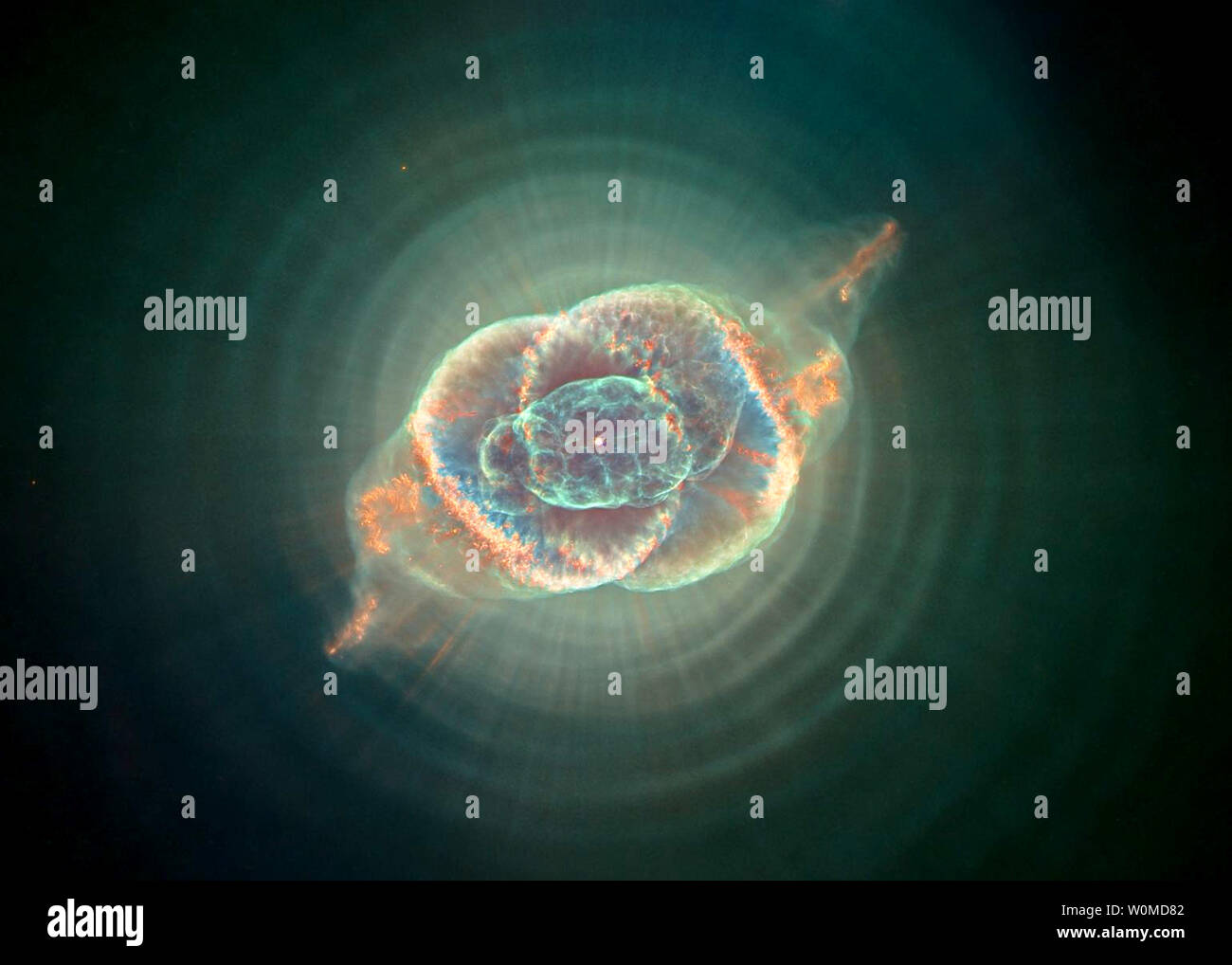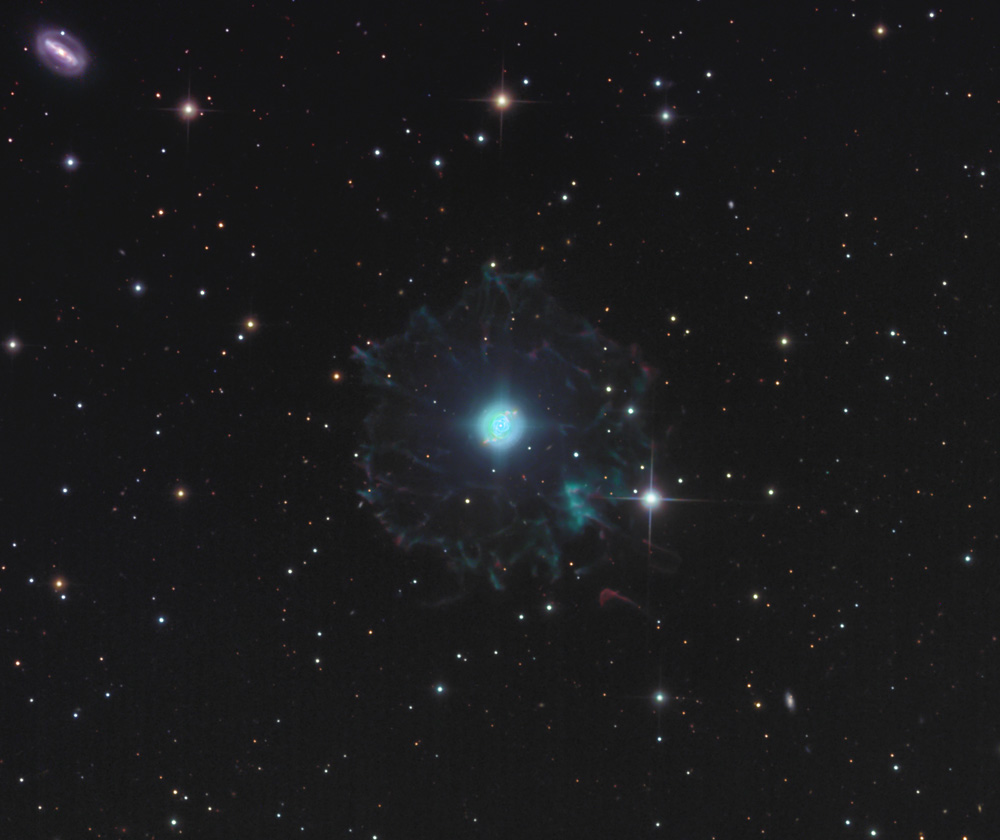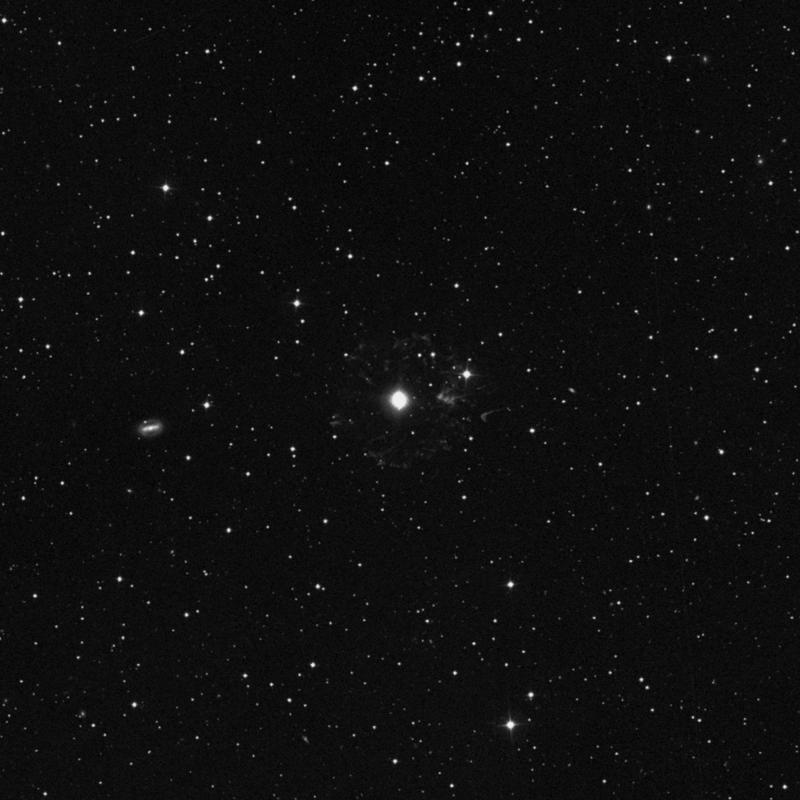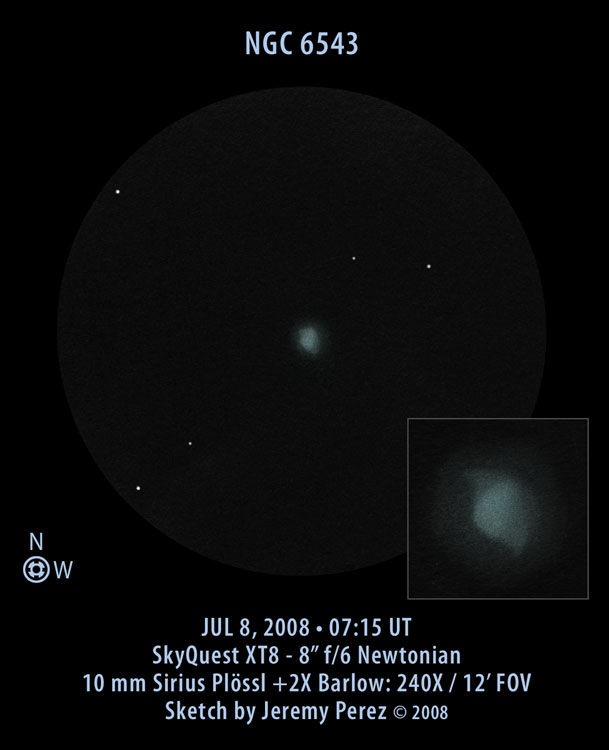Cats Eye Nebula Through A Telescope
Find, Read, And Discover Cats Eye Nebula Through A Telescope, Such Us:
- Cat S Eye Nebula Wallpapers Top Free Cat S Eye Nebula Backgrounds Wallpaperaccess Cats Eye Nebula Through A Telescope,
- 3 Cats Eye Nebula Through A Telescope,
- Optolong L Enhance Filter Review Results Specs And Best Applications Cats Eye Nebula Through A Telescope,
- Cat S Eye Nebula Ngc6543 1000mm Fl Imaging Telescopes Flickr Cats Eye Nebula Through A Telescope,
- File The Cat S Eye Nebula 9464528703 Jpg Wikimedia Commons Cats Eye Nebula Through A Telescope,
Cats Eye Nebula Through A Telescope, Indeed recently has been hunted by consumers around us, perhaps one of you personally. People now are accustomed to using the internet in gadgets to view video and image information for inspiration, and according to the name of this article I will discuss about
If the posting of this site is beneficial to our suport by spreading article posts of this site to social media marketing accounts which you have such as for example Facebook, Instagram and others or can also bookmark this blog page.
Cameras and gear used to shoot this video telescope.

Cat dog song lyric. In larger telescopes at 200x or more you may see a glimmer of the intricate shape that lends the nebula its name. For the best view be sure to be well away from city light pollution and during the new moon phase. A smaller telescope and in light polluted skies will likely show no color.
Corradi isaac newton group of telescopes sp. This planetary nebula will appear as a hazy greenish cloud similar to the visual appearance of the dumbbell nebula in vulpecula. Esa nasa heic not digitized sky survey 2 g.
This nasaesa hubble space telescope image shows one of the most complex planetary nebulae ever seen ngc 6543 nicknamed the cats eye nebula hubble reveals surprisingly intricate structures including concentric gas shells jets of high speed gas and unusual shock induced knots of gas. The cats eye nebula also known as ngc 6543 and caldwell 6 is a planetary nebula in the northern constellation of draco discovered by william herschel on february 15 1786. A sketch of the cats eye nebula ngc 6543 made with a 120mm refractor at 222x.
The cats eye nebula ngc 6543 is a planetary nebula in the northern constellation draco discovered by william herschel on february 15 1786. The nebulas structural complexity may be the result of material being expelled from a binary central star but the existence of a binary. Like most small planetary nebulae the cats eye responds well to high magnification if the sky is steady.
A planetary nebula consists of an expanding glowing shell of. The pillars of creation in m16 would require a much larger telescope in a dark sky and is best seen in long exposure photographs. It was the first planetary nebula whose spectrum was investigated by the english amateur astronomer william huggins demonstrating that planetary nebulae were gaseous and not stellar in nature.
Through binoculars or a small telescope the helix nebula can be observed under the right conditions. Perhaps was derived from the planet like round shape of these emission nebulae as observed by astronomers through early telescopes. The cats eye nebula has a complex intricate structure which includes knots bubbles concentric gas shells and jets of gas as seen in hi res images taken by the hubble space telescope in 1994.
More From Cat Dog Song Lyric
- Black Cat Day
- Like That Doja Cat Roblox Id Code
- Dog Vs Cat Game
- Cats Like To Sleep With Their Owners
- Doja Cat Blackpink
Incoming Search Terms:
- Ngc 6543 Doja Cat Blackpink,
- Astronomydrawings Ngc6543 The Eye Of The Cat Doja Cat Blackpink,
- The Cat S Eye Nebula Ngc 6543 In Draco Astronomy Magazine Interactive Star Charts Planets Meteors Comets Telescopes Doja Cat Blackpink,
- Cat S Eye Nebula Doja Cat Blackpink,
- Https Encrypted Tbn0 Gstatic Com Images Q Tbn 3aand9gcteorqglthm5ckjgyhlhfaw5a6m Jtbaiiwavudsdqtn9meyrbq Usqp Cau Doja Cat Blackpink,
- Mark Blundell On Twitter Ngc6543 The Cat S Eye Planetary Nebula This Target Was Suggested I Think As A Bit Of A Challenge By Kerin At Telescope House And Was Imaged Over 2 Doja Cat Blackpink,
